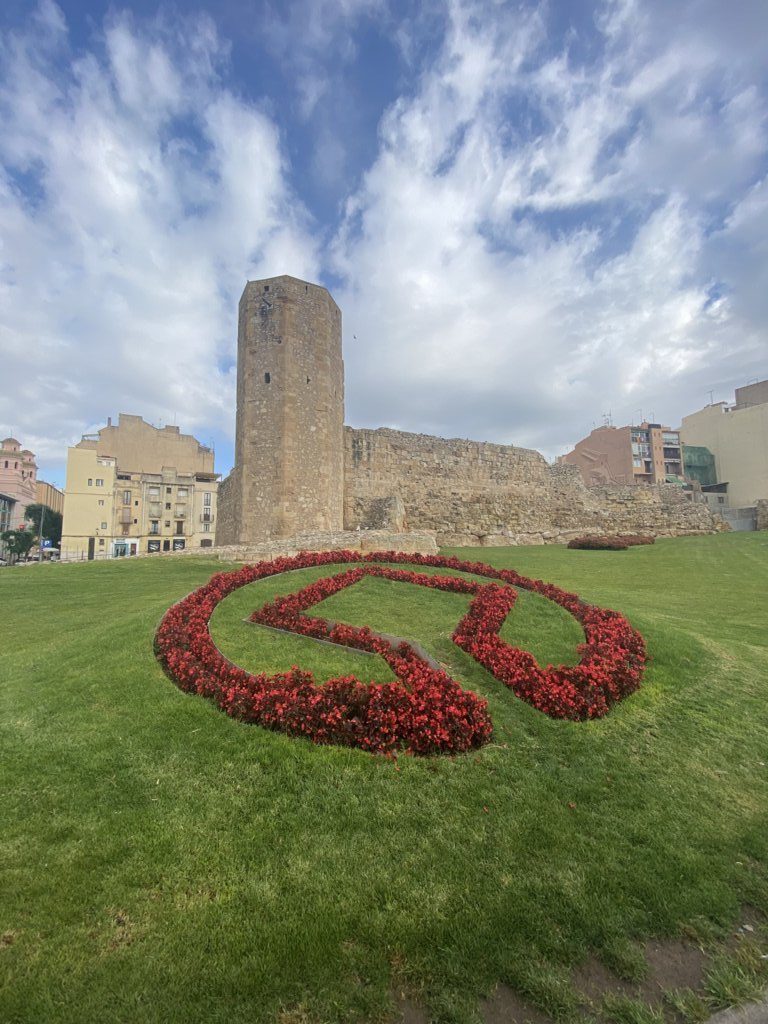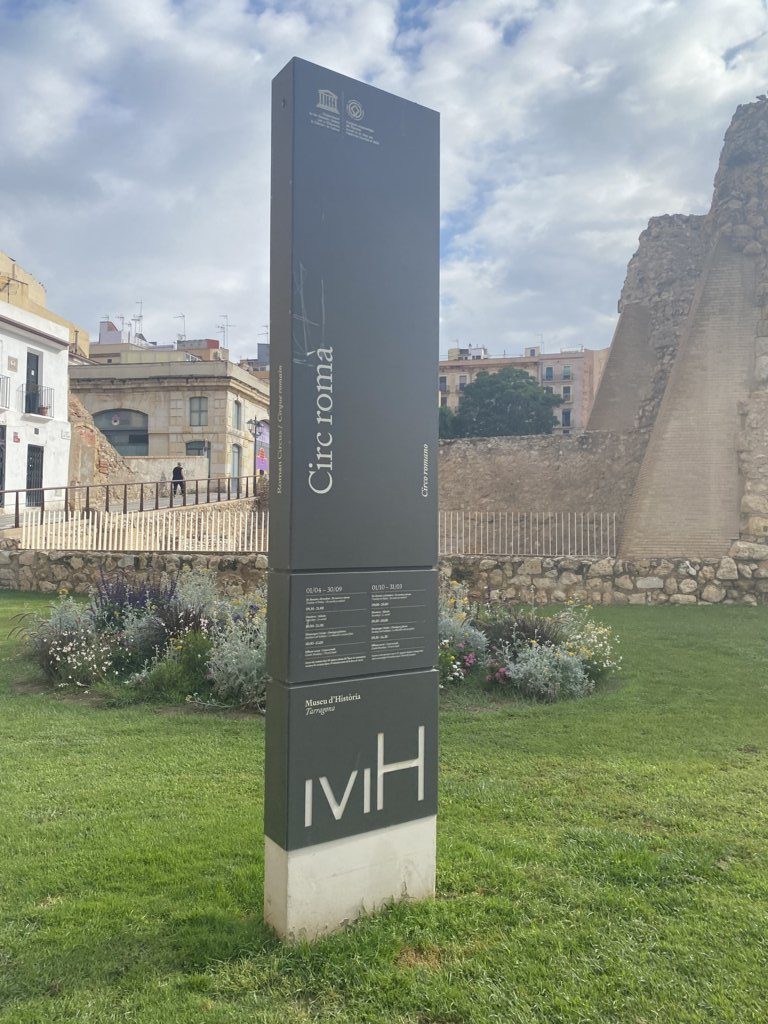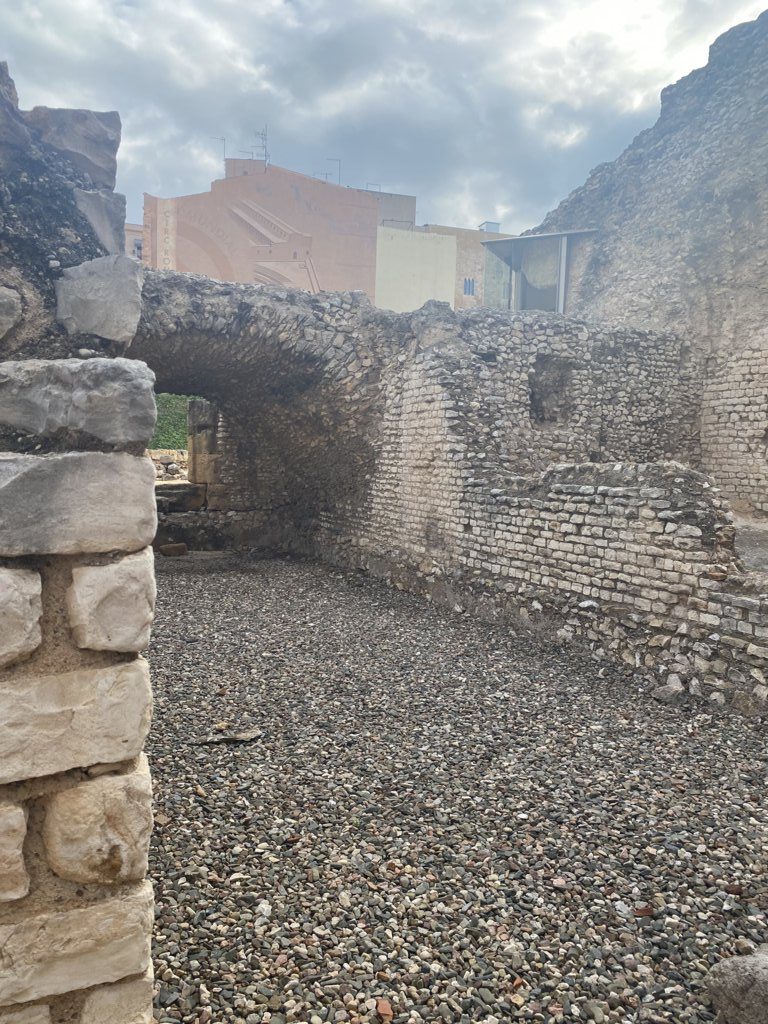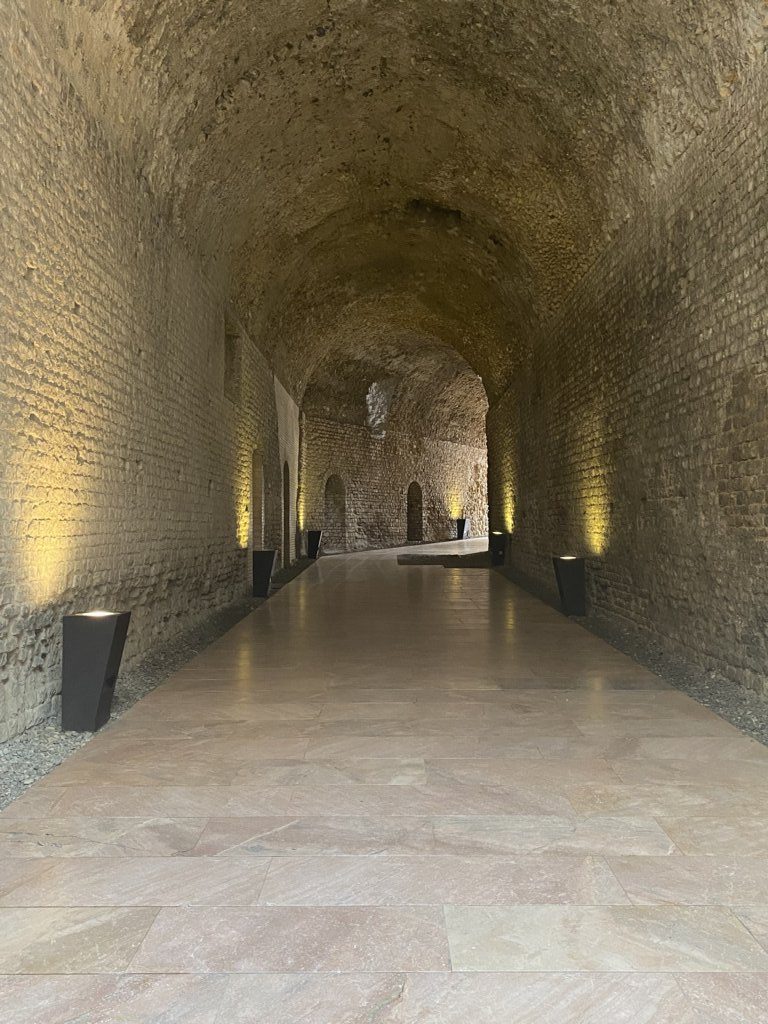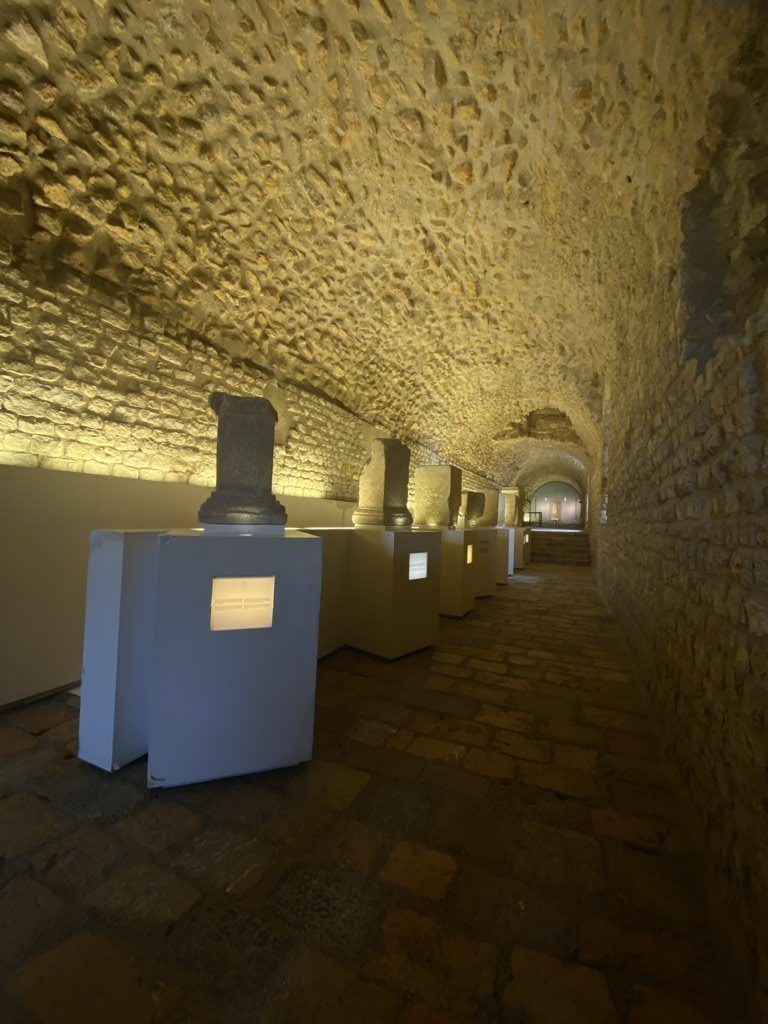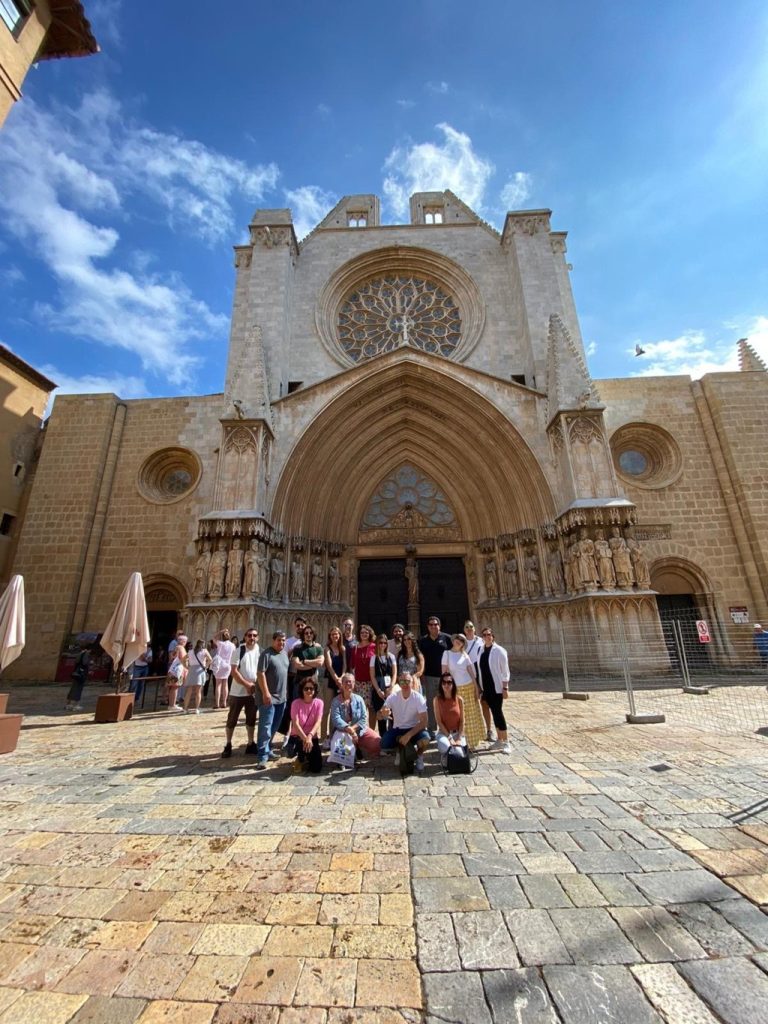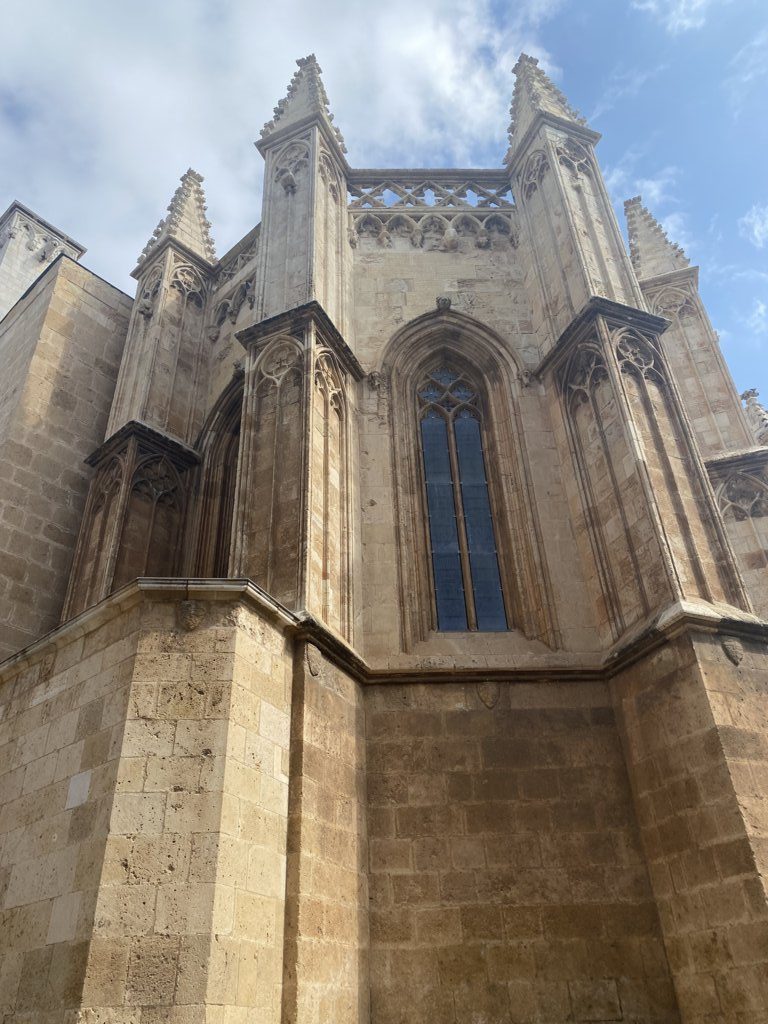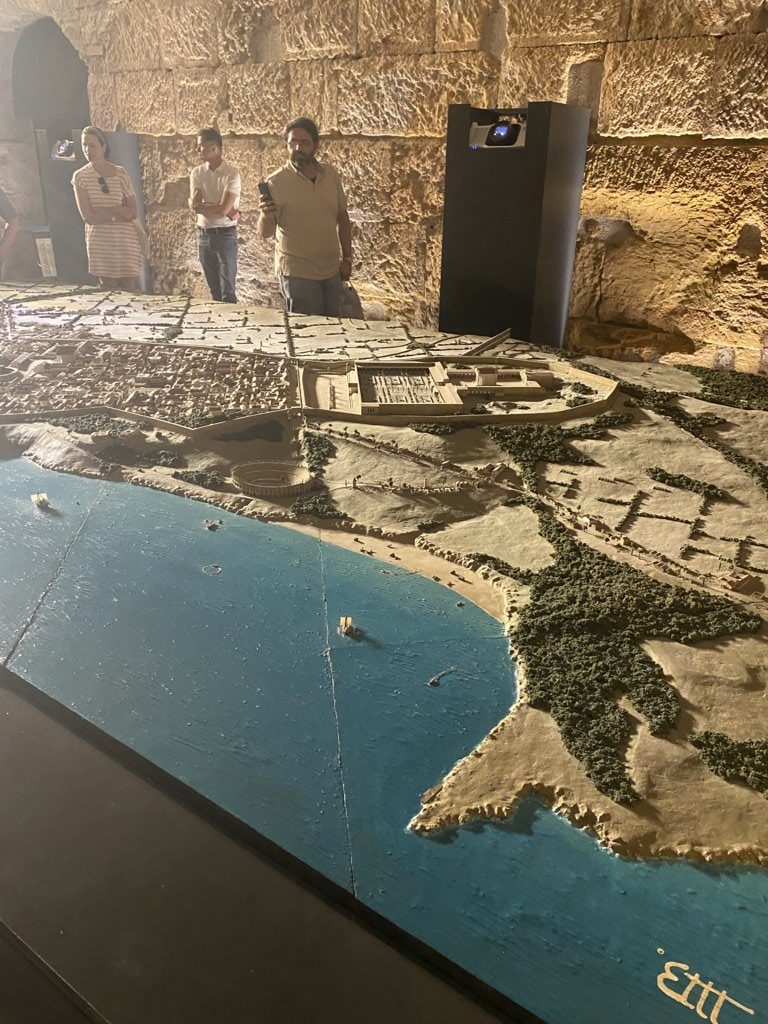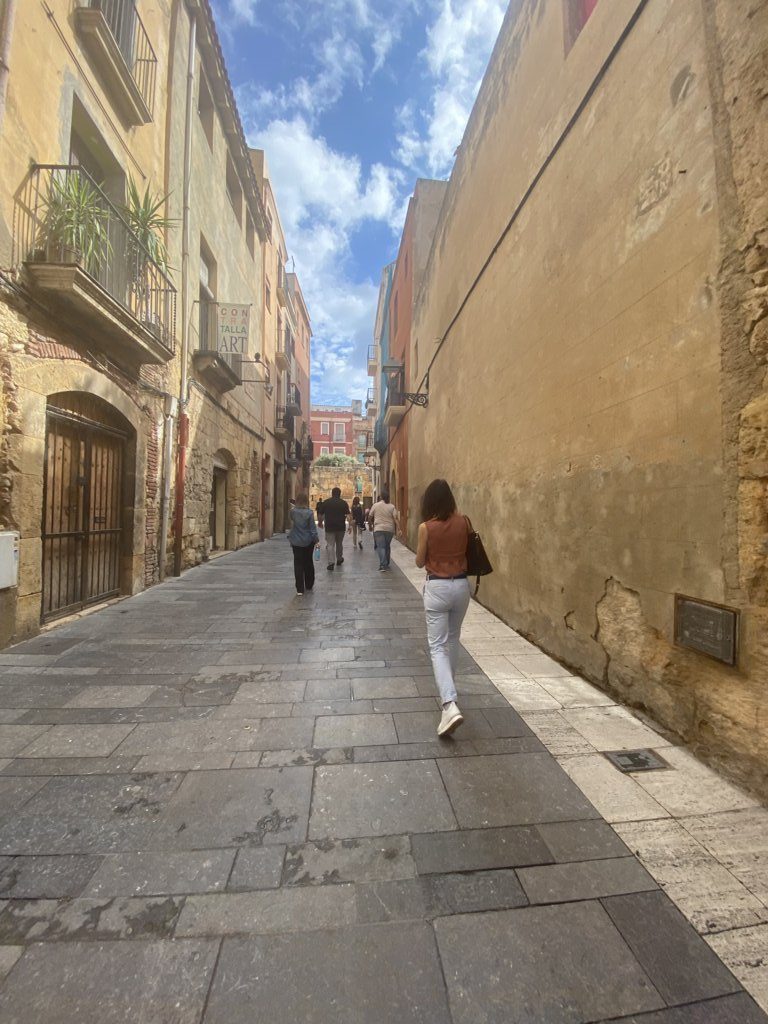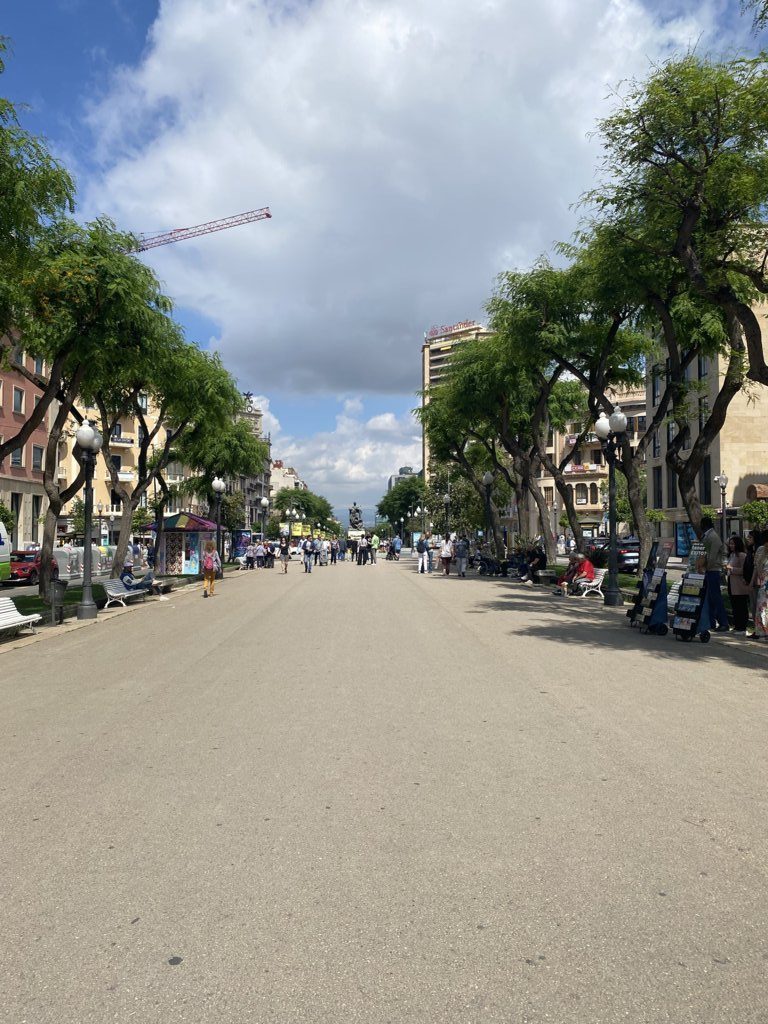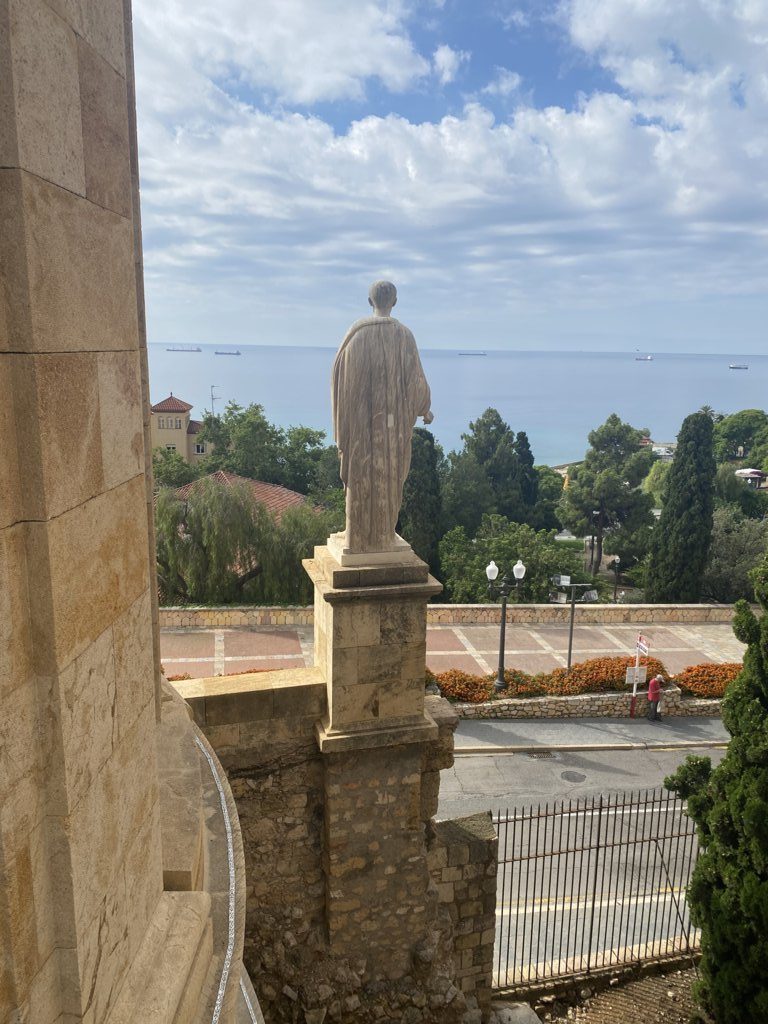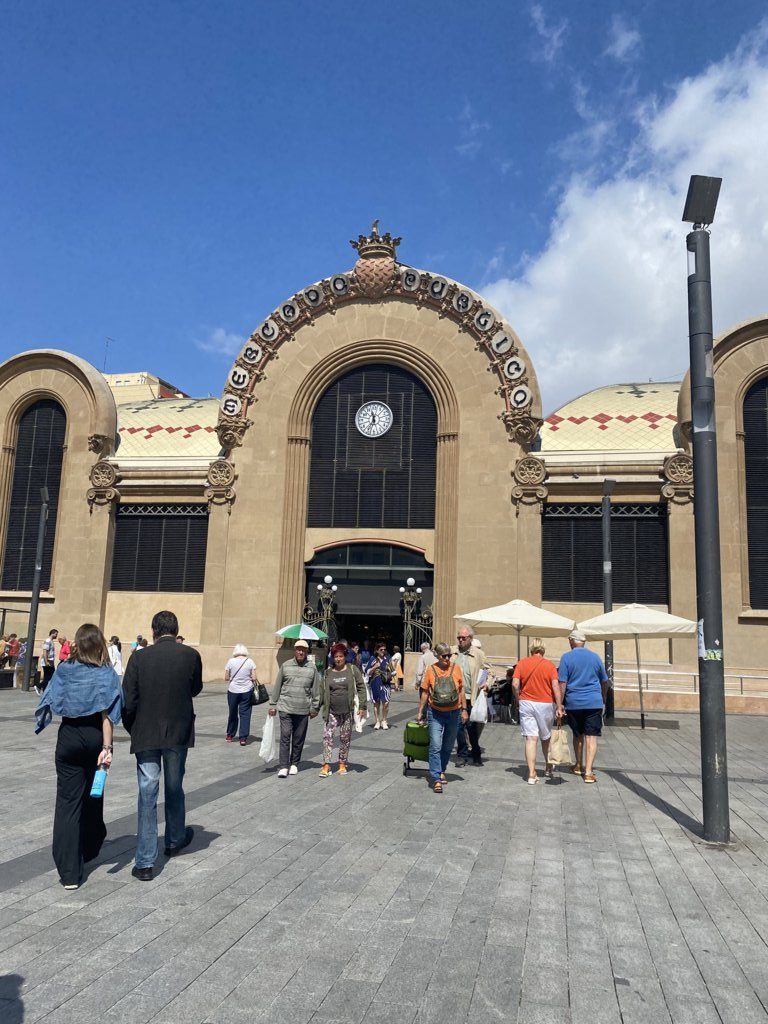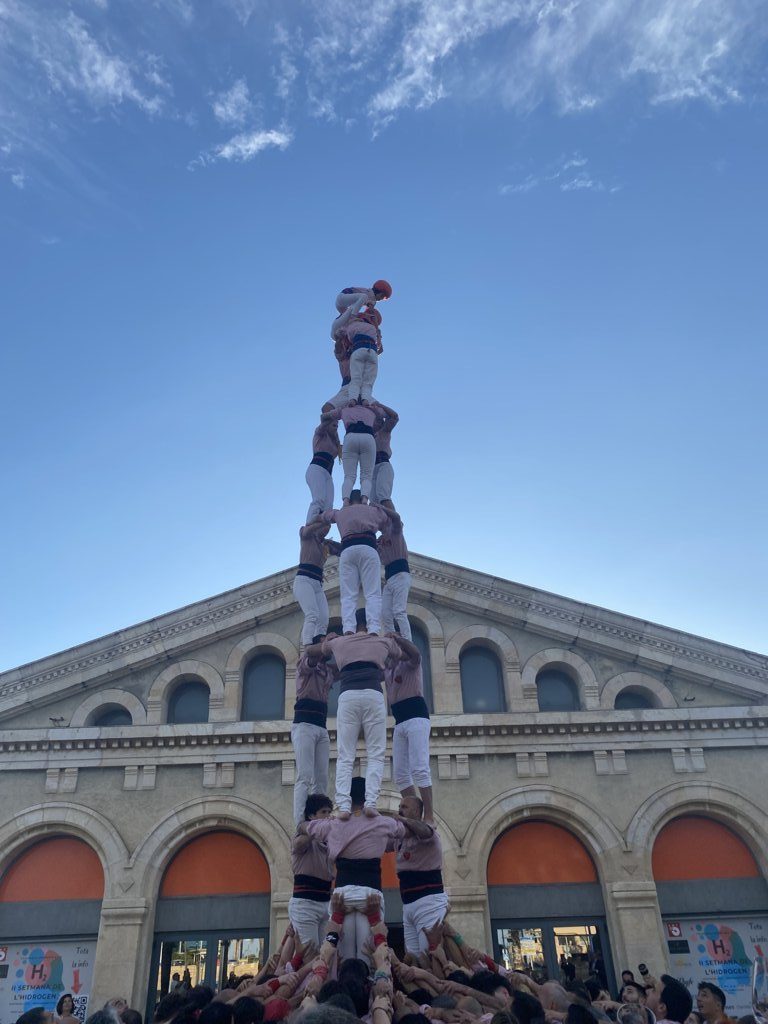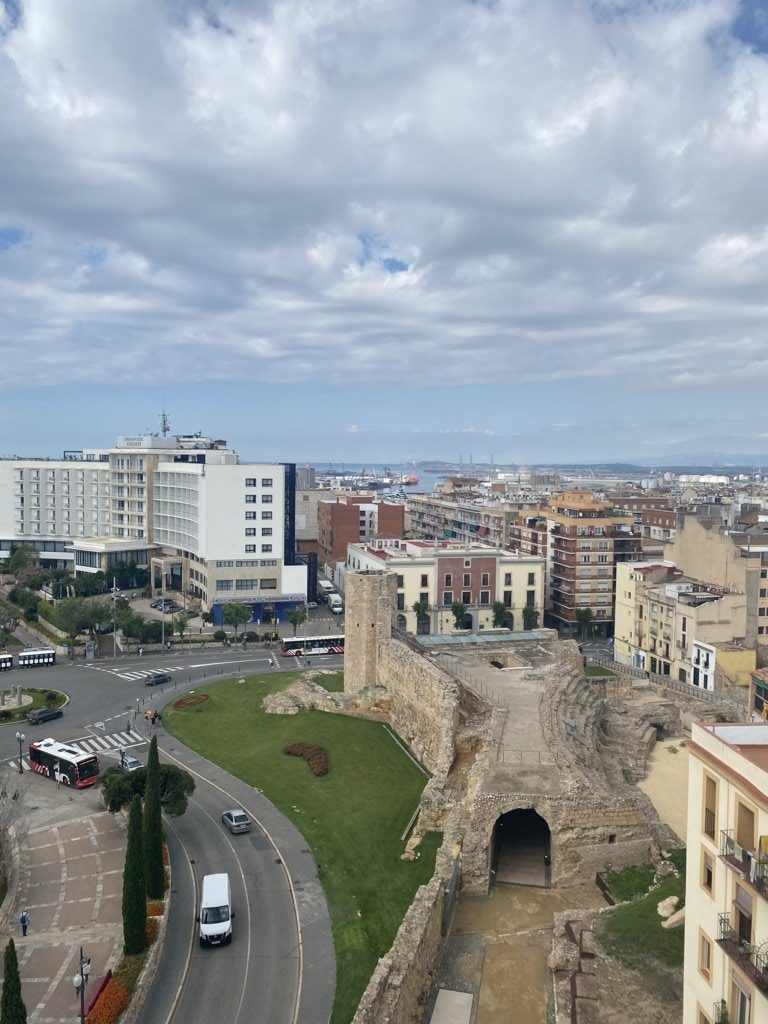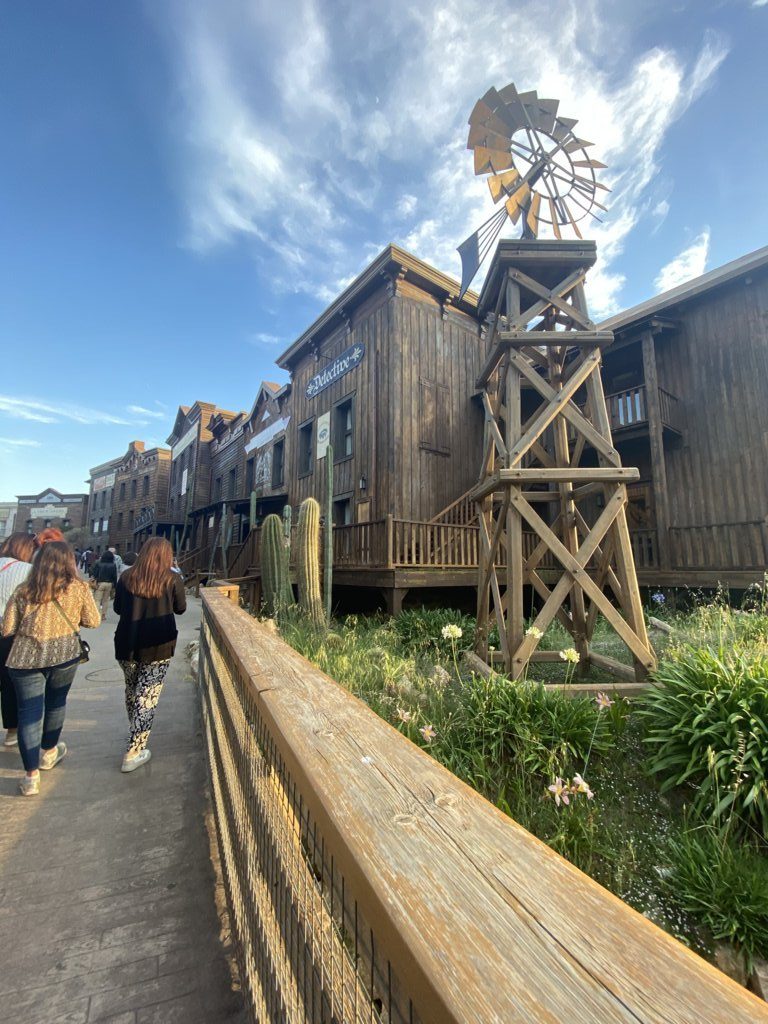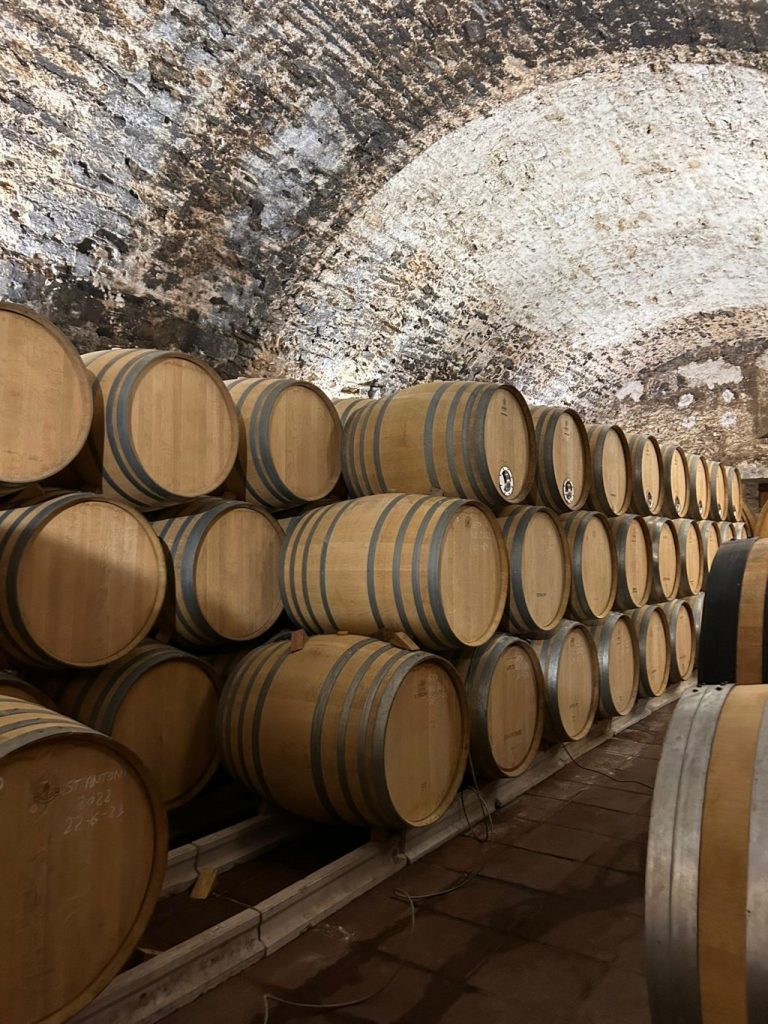Tarragona: A Mediterranean Gem
Tarragona, renowned worldwide for its numerous Roman remains classified as UNESCO World Heritage Sites, is a city with a millennia-old history. It is rich in historical remnants scattered throughout the city, nature, gastronomy, and a Mediterranean character that exudes charm and evokes emotions and curiosity in visitors, urging them to explore and fully understand it.
Tarragona offers a unique environment that feels almost like a journey through time, while also being a sought-after summer destination for those wishing to spend their holiday between sun and relaxation, thanks to its climate, green spaces, warmth, and large beaches with fine sand. Let’s see what to do and see during a stopover or cruise stop in this exceptional destination.
Tarragona- Circ roma
The starting point is undoubtedly the “Part Alta,” the name by which the historic center of Tarragona is known, called this because it stands on a rocky plateau 160 meters high. From here, you can admire the best-preserved remains of the Roman Walls. For a perfect tour of the historic center, start from the circ romà, where you can marvel at the ruins of the Roman circus and an archaeological tunnel dating back to the Roman era. The Roman circus of Tarraco was about 325 meters long and between 100 and 115 meters wide, built on sturdy concrete vaults that housed steps, staircases, and the upper platform on one side, and served as internal corridors on the other, allowing the distribution of spectators throughout the building. The circus, without a doubt, was the most popular mass spectacle in the Roman world. Chariot races, usually drawn by two or four horses (biga or quadriga), were held in this venue. The building was erected at the end of the 1st century AD, during the reign of Domitian, and was part of the large provincial monumental complex, occupying the lower terrace. Undoubtedly, the great symbol of Roman Tarraco is the Amphitheatre, where about 14,000 spectators watched gladiatorial combats, fights with wild beasts, and public executions. A must-see is the National Archaeological Museum, which since the 19th century has housed precious Roman remains, such as architectural fragments, sculptures, mosaics, ceramics, and even a stretch of wall.
Tarragona- Circ roma
Tarragona- Circ roma
Tarragona- Circ roma
Tarragona- Circ roma
As soon as you leave the area housing this impressive building, you find yourself in Plaça del Rei, which hosts two churches: the Church of Nazareth and the Trinity. Walking through the city’s narrow streets, you arrive at Plaça del Forum, where the remains of the old representation square of the Roman provincial forum are present. Today, the square hosts a market on Saturdays and has become a Sunday gathering point for enjoying a traditional vermouth. Reaching Pla de la Seu, you can admire the Tarragona Cathedral, undoubtedly the monument not to be missed among the things to see in Tarragona. The Cathedral of Santa Tecla, built in the 12th century, is the largest in all of Catalonia and is located in the upper part of the city, roughly where the Temple of Augustus stood, and contains a collection of medieval art.
Continuing towards Plaça del Pallol, you can have an immersive experience at the Antiga Audiencia, where there is a miniature reconstruction of Tarraco accompanied by a videomapping projected on the building’s walls, immersing all visitors in the historical context and thus offering a greater knowledge of the city and its history. The narration is guided by the young slave Melpomene, who died at the age of 18 in Tarraco.
Tarragona Cathedral
Tarragona Cathedral
Antica Audiencia Tarragona
Moving towards Rambla Nova, you can come across Plaça de la Font, the largest public square in Tarragona, dominated by the city hall building, which occupies part of the footprint of the Roman circus arena. Walking through a charming maze of narrow streets, you reach Rambla Nova, the city’s main street, characterized by a wide pedestrian area rich in sculptures, fountains, and shops. Rambla Nova starts at Imperial Tarraco Square and ends at “El balcón del Mediterraneo,” an enchanting viewpoint just above a huge cliff offering a splendid view of the sea. Here, you can also admire the amphitheater, the entire Platja del Miracle, and much of the port. On Rambla Nova, you will also find the Monument als Castells, which can be translated as “monument to the castles.” It is an enormous sculpture representing a human tower, a Catalan tradition where several people create a compact base with their bodies, allowing other members to climb on their shoulders to form a human tower that can be up to 10 stories high.
Near the Rambla, located in Plaça Corsini, is the Central Market of Tarragona, the most important market in the city, housed in a historic modernist building from 1915 with a clock tower on the façade. The market features stalls selling quality and local products, and there is also ample space to sit and have a coffee, a drink, or a good meal.
Tarragona
Rambla Nova Tarragona
Panoramic Tarragona
Central Market Tarragona
Regarding beaches, Tarragona boasts fifteen kilometers of coastline, seven beaches, and three coves, with four blue flags. Without leaving the urban environment, you can enjoy two large beaches with fine sand: the Miracle Beach – in front of the amphitheater – and the Arrabassada Beach, with a blue flag. Moving north, you find two smaller beaches: Savinosa, 350 meters long with a blue flag, and dels Capellans, just 60 meters long. Those seeking more privacy can opt for three cozy coves: Arboçar Beach, Becs Beach, and Jovera Cove, surrounded by green groves.
As for traditions, we know they are the heart of destinations, and the Castells of Tarragona (Human Tower), declared Intangible Cultural Heritage of Humanity by UNESCO in 2010, are another distinctive feature of the city, which hosts four groups: Xiquets de Tarragona, Colla Jove Xiquets de Tarragona, Xiquets del Serrallo, and Colla Castellera Sant Pere i Sant Pau. These human towers precisely represent the saying “strength in unity” and offer an authentic spectacle that amazes visitors. If you visit Tarragona from June to September, you can participate in various human tower events, and every two years – in even years – the Tarraco Arena is the venue in October for the world’s largest castells show, where the main groups from all over Catalonia compete.
Human Tower
Panoramic Tarragona
Portaventura World
Priorat Wine Cellar
Certainly, a beautiful city with much to offer, from history, nature, and culture, but above all a starting point for visiting nearby destinations such as Reus, the birthplace of Gaudí and one of the most culturally active cities in Catalonia; Vila-Seca, a Spanish municipality of 22,107 inhabitants known for the production of cured ham; PortAventura World, ideal for families; Poblet Monastery, one of the most important monastic complexes in Europe; Montblanc, a fortified medieval town; and Priorat, one of the 41 counties of Catalonia famous for its wines.
Don’t miss more information, news, and port guides on Cruising Journal with photos, videos, and cruise deals.

